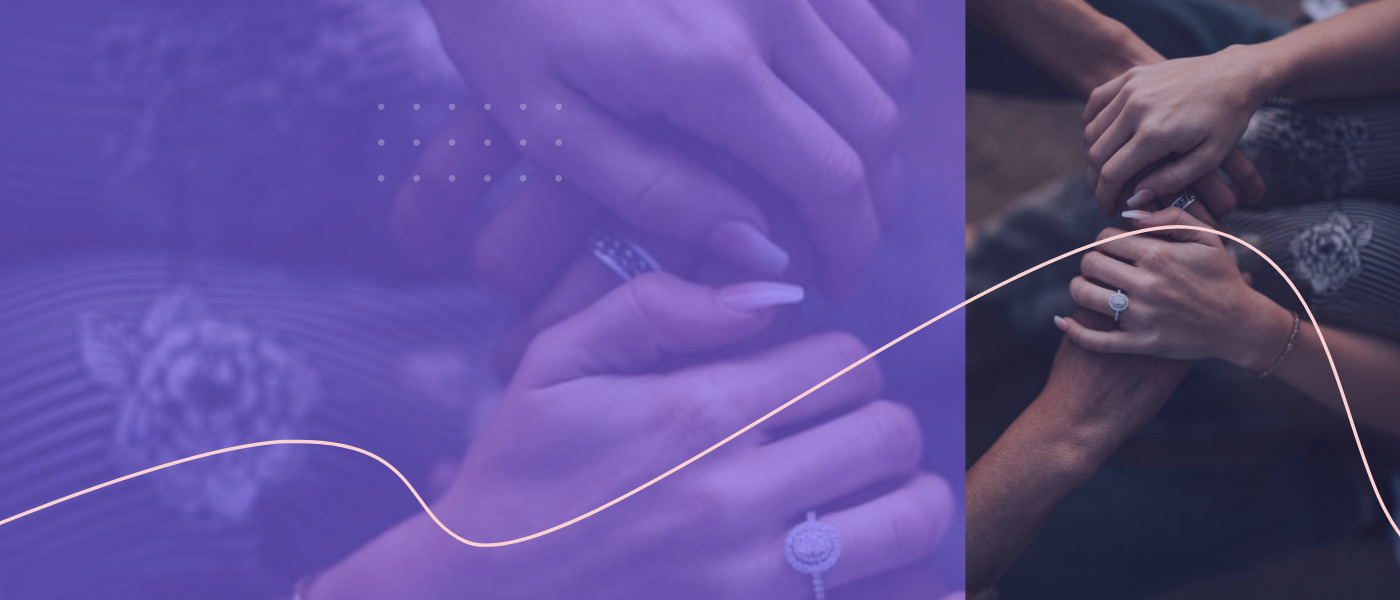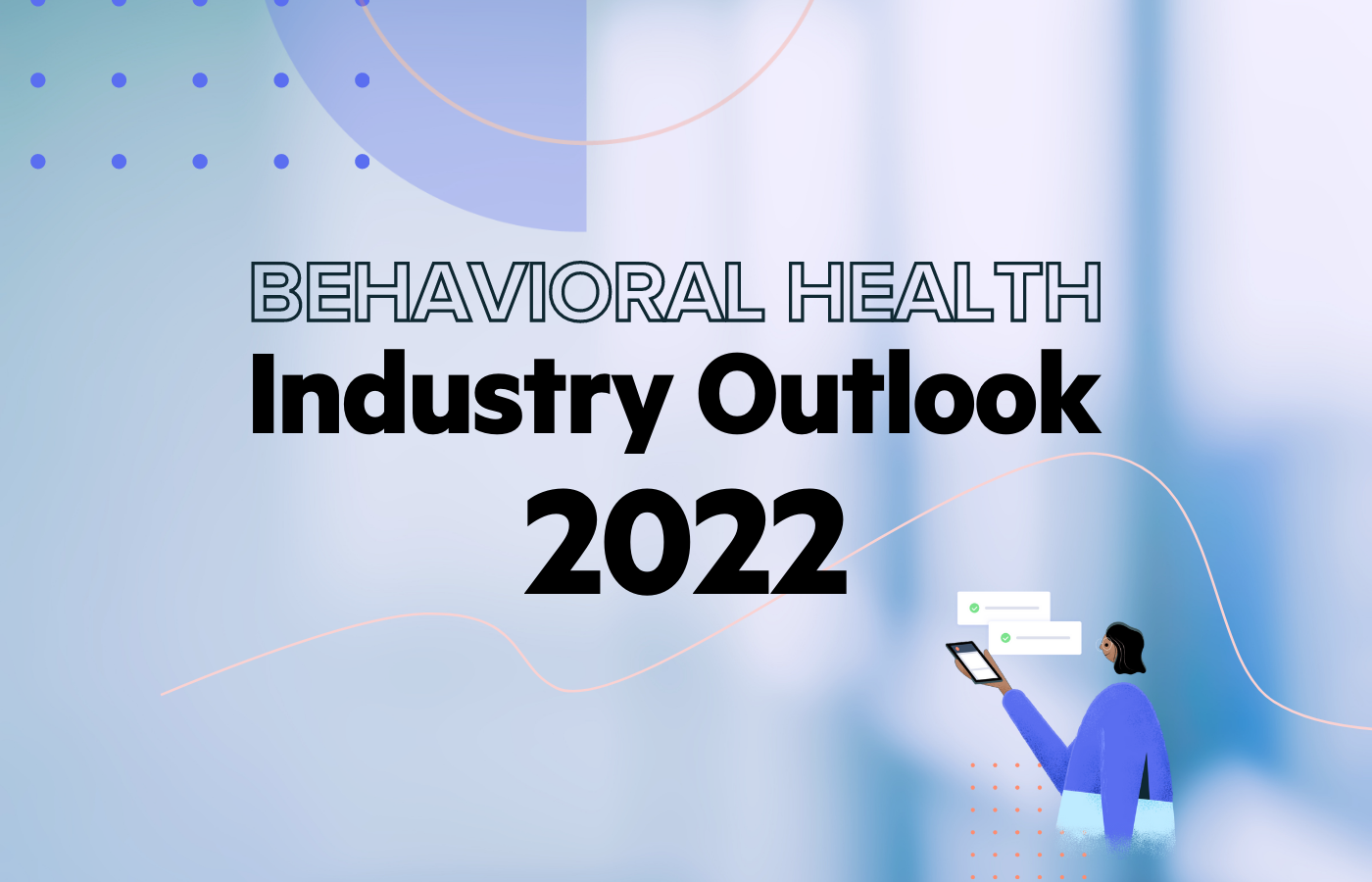Historically, mental health and addiction treatment has been viewed as something completely different from standard health care. When someone has physical pain, we encourage them to see a doctor, to get medication and the treatment they need so that they can begin to heal. However, we often don’t know how to react when someone discloses emotional pain or addictive behavior.
There seems to be a disconnect in our understanding of the source of mental illness and physical illness. The brain is a complex and powerful organ but it often goes unexamined when trying to help someone who expresses feelings of depression, anxiety, and other ailments that are neurologically based.
In truth, mental illness and physical illness are just illnesses. They both affect us in similar ways and have been found to have effective treatments. Recent developments in technology and science have allowed researchers to better understand the biochemistry and inner workings of the brain and have even allowed them to map out certain processes in the brain.
These advances allow treatment for mental illness and addiction to be on par with traditional medical practices. By merging the two, the cultural view shifts, and mental health is perceived as essential to physical health. There’s no “one size fits all” treatment. Treatment options can include:
- Psychotherapy.
- Medication.
- Hospitalization.
- Support Group.
- Complementary & Alternative Medicine.
- Self Help Plan.
- Peer Support.
Dr. John V. Campo, chair of the Department of Psychiatry and Behavioral Health at Ohio State University explains “Psychiatric drugs haven’t improved for decades. So researchers are scouring the brain for leads. Proven regimens for treating common mental disorders and addictions are aiding the ‘cure’ rate and boosting public acceptance that such care works."
"Modern practices have the potential to improve public health and, perhaps equally important, engage families more actively in the care of individuals suffering from mental disorders and addictions."
Dr. John V. Campo
As research and development expand, and cultural attitudes evolve, more effective treatment options will be available for those in need. Trying to tell the difference between what expected behaviors are and what might be the signs of a mental health condition isn't always easy, but identifying a problem early can help lead to the best outcome.




 Incarceration vs rehabilitation methods have been hotly debated over the years and recent research has emerged that has greatly improved practices and progress in treating addiction as a health issue. However, some practices are in direct conflict with what others consider proper care.
Incarceration vs rehabilitation methods have been hotly debated over the years and recent research has emerged that has greatly improved practices and progress in treating addiction as a health issue. However, some practices are in direct conflict with what others consider proper care.
 (877) 425-5382
(877) 425-5382